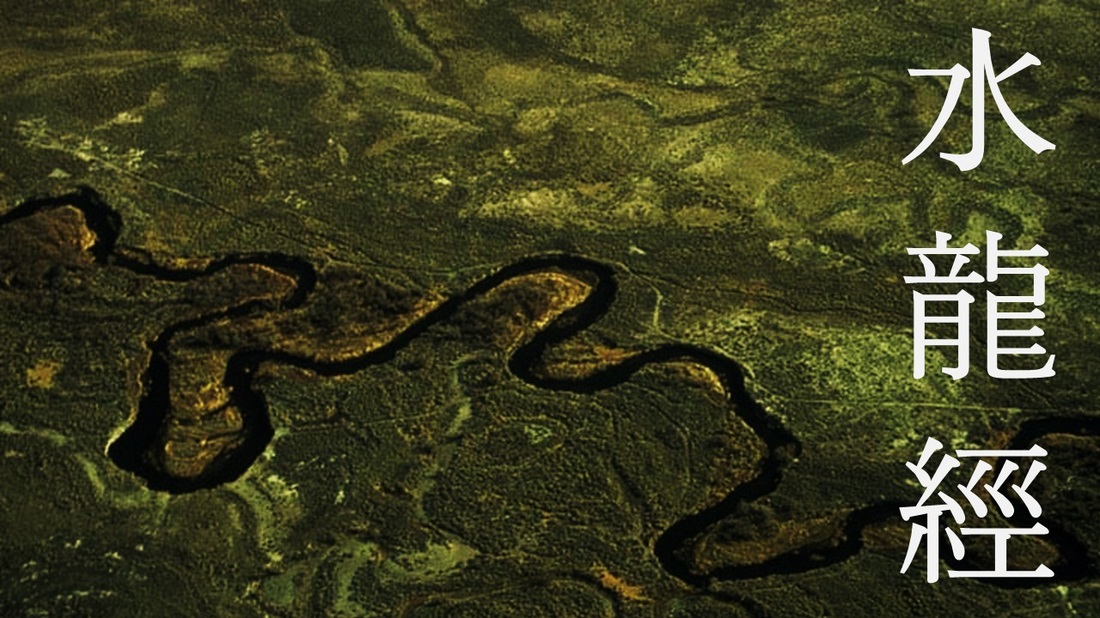Clarity,
Office 17622,
PO Box 6945,
London.
W1A 6US
United Kingdom
Phone/ Voicemail:
+44 (0)20 3287 3053 (UK)
+1 (561) 459-4758 (US).

I have had little joy using Yijing to find lost things. But, I did not persevere.
I’m not sure this is the way to go with this.
Seems like trying to use a screwdriver to hammer a nail. It may work, but it’s unlikely and even if it does will take so much effort its unsustainable.
We tested some years ago hiding items around the house then using the 24 mountain rings from the Lo Pan to figure out where they were based on the branches with the lines. Seem to be working well. I haven’t tested since then and I’m sure there was a lot more that needs to be known to do it professionally with accuracy, but it was accurate enough to know it’s something along that lines.
Yet as this would require to relate the branches to the degrees and that can be somewhat time consuming (1-2 minutes, but in today’s world people usually want even faster results), can do it in more general way. Instead of 24 directions, can just use the basic 8 with the trigrams (Li-south etc.)
All that in different form has been used in Feng Shui for thousands of years, and while the precise way to use it may need some experience, it’s a lot more likely to bring good results with time then using the text.
We had a 'Clarity group try' some months back.... The book was eventually found... It had been lent to a neighbour I think. None of us got it, HB included.
Dear Gmulii,
Thank you for your very interesting reply. I’m not bothered by the effort, which is actually not that bad and well worth it for large questions of real import if the results are reliably forthcoming.
This is quite fascinating and would seem to cut against your earlier statement about the approach I outlined being unlikely to work, as the approach is a fairly straightforward extension of lou pan usage, which Hook discusses extensively in the referenced section of her book. As I understand it, the lou pan typically will include the circle of all 64 hexagrams mapped onto the cardinal directions, so they are already there in Feng Shui application, it would seem. But I claim no knowledge of that particular discipline.
Again, the time doesn’t worry me at all. That is really the least of my concerns here. The question is, “does it work?” Your above description of informal experiments with a lou pan would anecdotally suggest that it well may. As for substituting the 64 hexagrams with the directions based on the 24 mountains or 8 trigrams, this is a rather huge lost of precision for a minimal gain of speed. A bad trade, it would seem.
I’m not sure what text you are referring to here. I am explicitly not using the Yijing Zhouyi oracular text for this method, but simply casting to determine a primary hexagram and then associating that hexagram with a degree of direction in space via the Shao Yung ‘pre-heaven’ arrangement and as typically found on traditional lou pans.
Oops... My bad, I thought you were trying to use the text to get what direction would be best then triangulate the best from each site. : )
If you are using the Hexagrams to directions as its in XKDG Lo Pans, that works yea. : )
Dear Gmulii,
The confusion is perfectly understandable. There was a lot of oracular text-based consultation in my posting, but this was all either setting up the method or querying afterword as to why the method apparently hadn’t worked. The method itself is just: a) pick two reference points, b) cast for a hexagram specifying directionality from each reference point, c) convert the hexagrams to angular directions, d) map triangulate to determine an intersection point (or small bounded area). That’s it. Once you get a bit of practice with it, it is straightforward and fairly efficient to apply. Does it work, though? Your reply gives me some reason to think that it may. Further testing is required . . .
P.S. I had to look up “XKDG Lo Pans”, which led me to the charmingly titled book: Xuan Kong Da Gua Not Exactly for Dummies (!) You clearly know more about the topic of lou pans than I do. Are there any good references in English that you might recommend? One I’ve seen that looks well-recommended is Stephen Skinner, Guide to the Feng Shui Compass: A Compendium of Classical Feng Shui.

 store.joeyyap.com
store.joeyyap.com
Clarity,
Office 17622,
PO Box 6945,
London.
W1A 6US
United Kingdom
Phone/ Voicemail:
+44 (0)20 3287 3053 (UK)
+1 (561) 459-4758 (US).